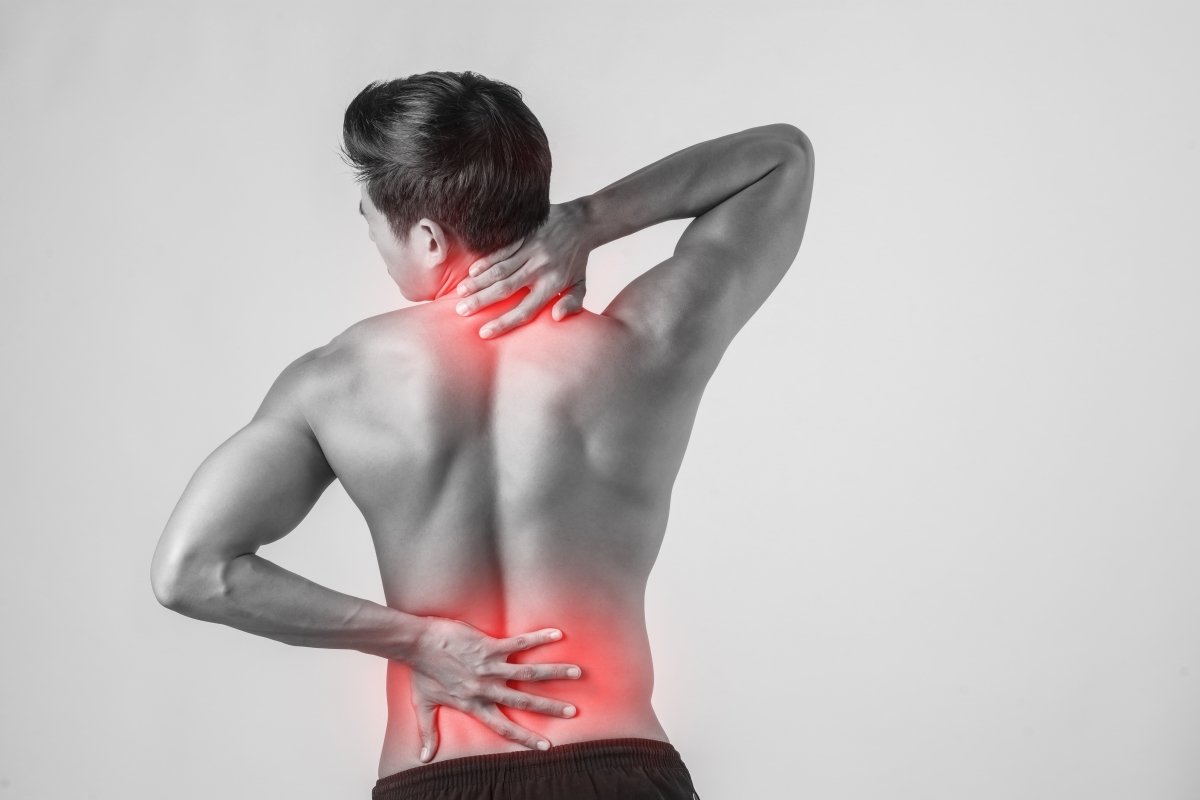Spinal stenosis is a narrowing of the gaps within your spine that can cause strain on the nerves that run through it. Spinal stenosis affects the lower back and neck.
Some patients with spinal stenosis may not experience any symptoms. Others could feel discomfort, tingling, numbness, or muscular weakness. Symptoms might increase with time.
Spinal stenosis is most typically caused by osteoarthritis wear-and-tear alterations in the spine. In severe forms of spinal stenosis, doctors may advise surgery to provide extra space for the spinal cord or nerves.
Spinal stenosis can develop anywhere on the spine, although it is most frequent in two places:
1. The lower back (lumbar canal stenosis).
2. The neck (cervical spinal stenosis).
In this blog, we will discuss why spinal stenosis causes back problems and what are the possible reasons.
Causes
1. Bone Overgrowth
Osteoarthritis is a “wear and tear” condition that causes the cartilage in your joints, especially your spine, to break down. Cartilage is the joint’s protective covering. Your body reacts by producing new bones. Bone spurs, or bone overgrowth, are a common occurrence. Vertebral bone spurs expand into the spinal canal, limiting the space and compressing nerves in the spine.
2. Bulging Disks
A flat, spherical cushioning pad (vertebral disc) sits between each vertebra like a sandwich and works as a shock absorber along the spine. The gel-like core of these discs breaks through a weak or torn outer layer due to age-related drying out and flattening of the discs and breaking in the outer border of the discs. The nerves around the disc are then pressed by the bulging disc.
3. Thickened Ligaments
The tight fibers that help keep your spine’s bones together might stiffen and grow over time. These swollen ligaments have the potential to extend into the spinal canal(ligament flavum
4. Tumours
Abnormal growths can arise inside the spinal cord, the membranes that surround it, or the space between the spinal cord and the vertebrae. These are infrequent and can be seen on spine imaging using an MRI or CT scan.
5. Injuries on the spine
Dislocations or fractures of one or more vertebrae can result from car accidents or other injuries. Displaced bone from a spinal fracture might cause injury to the spinal canal’s contents.
6. Achondroplasia
This hereditary disorder disrupts bone growth in the spine and other regions of the body. Achondroplasia is a bone-building disorder in which cartilage does not convert to the bone. It is distinguished by dwarfism, limited elbow range of motion, a big head size, short fingers, and normal IQ.
7. Ankylosing spondylitis (AS)
This kind of arthritis produces persistent inflammation in the spine, which can result in the formation of bone spurs. Ankylosing spondylitis (AS) is an uncommon form of arthritis that causes back pain and stiffness.
8.Congenital spinal stenosis
This is a congenital condition in which the spinal canal is inherently small. This is a birth defect in which a person is born with a narrow spinal canal. Scoliosis is another congenital spinal condition that might put a person at risk for spinal stenosis (an abnormally shaped spine)
9. Posterior longitudinal ligament ossification (OPLL)
Calcium deposits occur on the ligament that passes through the spinal canal in this disorder. Ossification of the posterior longitudinal ligament (OPLL) is a problem in which a soft tissue, the posterior longitudinal ligament, becomes less flexible and gets thick. The posterior longitudinal ligament links and stabilizes the spinal column’s bones.
10. Paget’s disease of the bone
Paget’s disease of the bone disrupts your body’s regular recycling mechanism, in which new bone tissue progressively replaces old bone tissue. Bones can become weak and deformed over time. The most usually afflicted areas are the pelvis, skull, spine, and legs.
11. Rheumatoid arthritis
Rheumatoid arthritis, or RA, is an immune-mediated inflammatory disease in which your immune system mistakenly assaults healthy cells in your body, producing inflammation (painful swelling) in the afflicted areas. RA typically affects many joints at once. This kind of arthritis is characterized by persistent inflammation, which can result in bone destruction and the formation of bone spurs.
12. Scoliosis
Scoliosis is a lateral curvature of the spine that is most commonly detected in teens. While scoliosis can arise in persons with diseases such as cerebral palsy and muscular dystrophy, the majority of infantile scoliosis is caused by unknown factors. The majority of scoliosis occurrences are moderate, although some curvature increases as children grow. This aberrant spine curvature might be caused by hereditary problems, neurological issues, or unexplained factors.
13. Osteoarthritis
Osteoarthritis is the most common kind of arthritis, affecting millions of people. It happens when the protective cartilage that cushions the ends of the bones deteriorates over time. Although osteoarthritis may affect any joint, it most usually affects the hands, knees, hips, and spine.
Summary
The spine (backbone) extends from your neck to your lower back. Your spine’s bones form a spinal canal, which protects your spinal cord (nerves). However, most cases of spinal stenosis arise when something narrows the free area within the spine.
Many people with spinal stenosis live active and complete lives. To assist manage the effects of spinal stenosis, you may need to modify your exercise program or other daily activities. To ease pain and other symptoms, your doctor may recommend medicines, physical therapy, or surgery.

